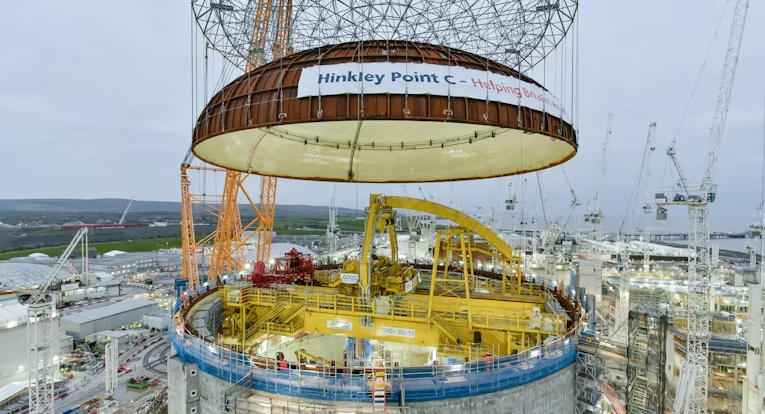Create a free account and view content that fits your specific interests in civil engineering Learn More
temporaryshoring constructionloads buildingrehabilitation shoringdesign
Engineering Considerations for Temporary Support in Existing Structures

Construction within existing buildings often involves unique structural challenges that demand careful engineering to ensure safety during all phases. When modifications, additions, or repairs are planned, the original design may not account for temporary conditions that arise during construction. Temporary support systems, such as shoring, become essential for stabilizing structural elements under non-permanent loads.
Temporary loads differ significantly from those used in the design of permanent structures. According to ASCE/SEI 37, these include three main categories:
- Existing loads such as dead and live loads from occupancy
- Construction loads like materials and personnel
- Environmental loads that may be reduced based on the likelihood of occurrence during construction
These factors call for distinct load combinations and factors, which reflect higher variability and uncertainty than those in permanent conditions. Engineers responsible for designing temporary support must understand these differences and apply them rigorously during analysis.
In occupied or partially accessible buildings, temporary supports must be carefully integrated to maintain use of space without compromising safety. Existing structural components are often fully utilized under current service conditions, leaving little to no reserve capacity for additional construction loads. As a result, temporary support systems may need to bypass occupied areas, redistribute loads to alternative locations, or reduce imposed loads through sequencing. Shoring may involve complex configurations, including vertical towers, transfer beams, cantilevers, or suspended platforms, all of which must align with the contractor’s construction sequence and available access paths.

Evaluating the existing structure is a critical task in temporary support design. Any change to the load path may introduce new stress conditions in beams, girders, or slabs. For example, shoring at mid-span can transform a single-span member into a continuous one, altering stress distributions and potentially causing overstress if not anticipated. Engineering analysis should verify whether existing elements can accommodate these changes. When strength appears insufficient, options include redistributing loads, temporarily unloading the member, or using design methods that more accurately reflect actual load certainty, such as Load and Resistance Factor Design (LRFD).

The installation of temporary supports must also account for access limitations and structural interaction. Transporting shoring equipment through finished buildings may be restricted by geometry, floor load capacity, or operational constraints. Project constraints may require manual handling or custom-fabricated elements that can be assembled in place. Monitoring during temporary unloading is an important part of risk management. Structural distress indicators, such as excessive deflection, cracking, or buckling, should be observed closely to prevent unintended damage. Additionally, non-structural components like piping and finishes must be protected throughout the process.
Temporary support in existing buildings typically requires a collaborative approach between the structural engineer, specialty support designer, and contractor. A thorough understanding of the existing structure, the construction sequence, and the temporary loading environment is required to ensure structural stability and project continuity during all phases of the work.
Sources: richardjdriscoll.com, structuremag.org
Want to read more like this story?

Securing Energy Supply Through Standardised Nuclear Construction
Aug, 24, 2025Britain is advancing its nuclear programme with S...

Digital Twin Infrastructure: Building Safer Bridges with AI
Aug, 20, 2025Artificial intelligence is emerging as a powerful...

Marmara Earthquake: Preparedness and Lessons 26 Years On
Aug, 17, 2025On August 17, 1999, the Marmara region of Türkiye...

River Cole Scheme Blends Civil Engineering and Ecology
Aug, 14, 2025HS2 has successfully completed the 749-metre real...

Giant HS2 Bridge Prepared for Landmark Move Over Lawley Middleway
Aug, 12, 2025In a major milestone for the HS2 high-speed rail...

Europe’s Largest Timber Development Breaks Ground in Stockholm
Aug, 04, 2025As part of an initiative to align urban developme...






